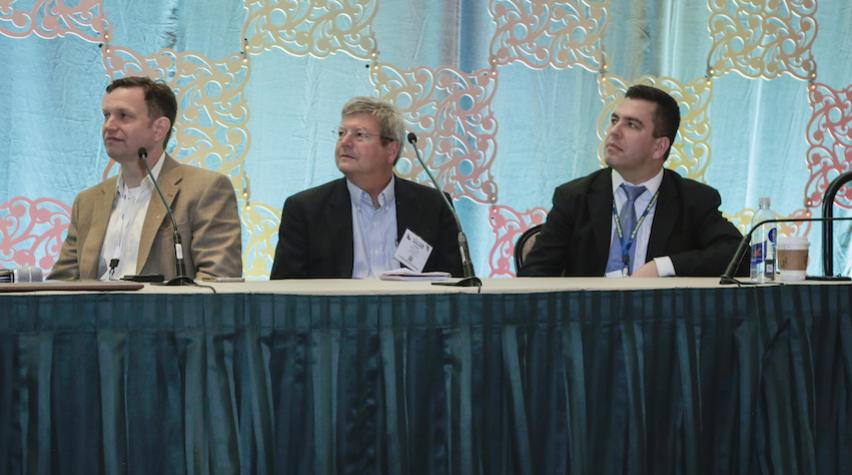
The 2019 Global Congress on Process Safety (GCPS) wrapped up on Wednesday, April 3rd with its Case Histories session. Industry experts and process safety leaders reviewed process safety incidents, teaching attendees about the causes of accidents and spreading awareness to prevent future accidents.
Safety incidents
The safety incidents discussed were devastating, often involving fire, explosions, and fatal chemical releases. The messages and lessons that were presented were sobering. Maybe it’s my fascination with the macabre, but I look forward to attending this session every year.
As a chemical-engineer-turned-cubicle-dweller, it’s easy for me to forget that our profession has real stakes. The Case Histories session drives home the challenges and risks that my colleagues in industry face nearly every day.
Emergency response plan
In the session's first presentation, Scott Davis (GexCon U.S.) discussed how emergency response can go fatally wrong. He described two major incidents in which emergency responders were among the largest percentage of fatalities. In the first incident, the 2013 West Fertilizer Company explosion, 30 tons of ammonium nitrate exploded after prolonged exposure to a fire at the storage site. The explosion occurred while emergency personnel were responding to the fire. Fifteen people were killed and more than 250 were injured. In this incident, none of the emergency personnel were aware of the dangers of ammonium nitrate. Having a better emergency response plan — one that informs fire and rescue personnel of the dangers of hazardous substances — could have saved lives.
The second incident that Davis discussed occurred in 2015 on the Cidade São Mateus floating production storage and offloading (FPSO) unit. A leak of condensate in the pump room set off multiple gas detectors. Despite the presence of flammable gas, emergency response teams entered the pump room three times to begin cleanup and repair of the leaking flange. During the third entry, an explosion occurred, killing nine people. If the response personnel had followed the established response plan, which warned of explosion, they might still be alive today.
Davis ended his presentation with a call to action, urging attendees to develop and/or re-evaluate the emergency response plans at their facilities. His presentation reinforced the value of periodically reviewing emergency response plans, and conducting proper training and drills to practice those plans.
Process safety management
In another excellent presentation at the Case Histories session, Trish Kerin (IChemE) drew parallels between a theme park accident and industrial process safety. The accident occurred in October 2016 at Dreamworld, a theme park on Australia’s Gold Coast. The Thunder River Rapids ride, which simulated whitewater rafting, suffered a pump failure, causing the ride’s water level to drop. This drop in water level led to an empty raft becoming stuck against a wooden conveyor belt. Shortly thereafter, a raft loaded with six passengers was pushed against the empty raft. The conveyor belt flipped the loaded raft over, killing four of the passengers.
During her presentation, Kerin discussed how process safety management may have helped to prevent the incident, and she prompted attendees to think about how the lessons learned from this incident could be applied to their respective facilities. For example, the ride operator on the day of the incident only received 90 minutes of training. Kerin urged attendees to think about and evaluate the training that operators receive at their facilities. At the theme park, the ride’s conveyor belt had been modified sometime during the 1980s or 1990s, making it unsafe. In response, Kerin urged attendees to consider the management of change (MOC) practices at their facilities, and to consider how carefully changes are documented and evaluated. The ride’s water pump had failed several times before the day of the incident. Kerin prompted attendees to consider why proper maintenance protocols must be followed in industrial worksites.
The presentation laid out the clear and systematic failures across the entire organization that led to the horrific accident. Most importantly, Kerin defined the lessons from the incident that can be directly applied to the process industries.
Lessons learned
Several more case histories were presented at the GCPS session. Though tragic and sometimes disturbing, the stories of these incidents and the lessons they impart are a solemn reminder of the importance of process safety and the dire consequences of safety failures.


